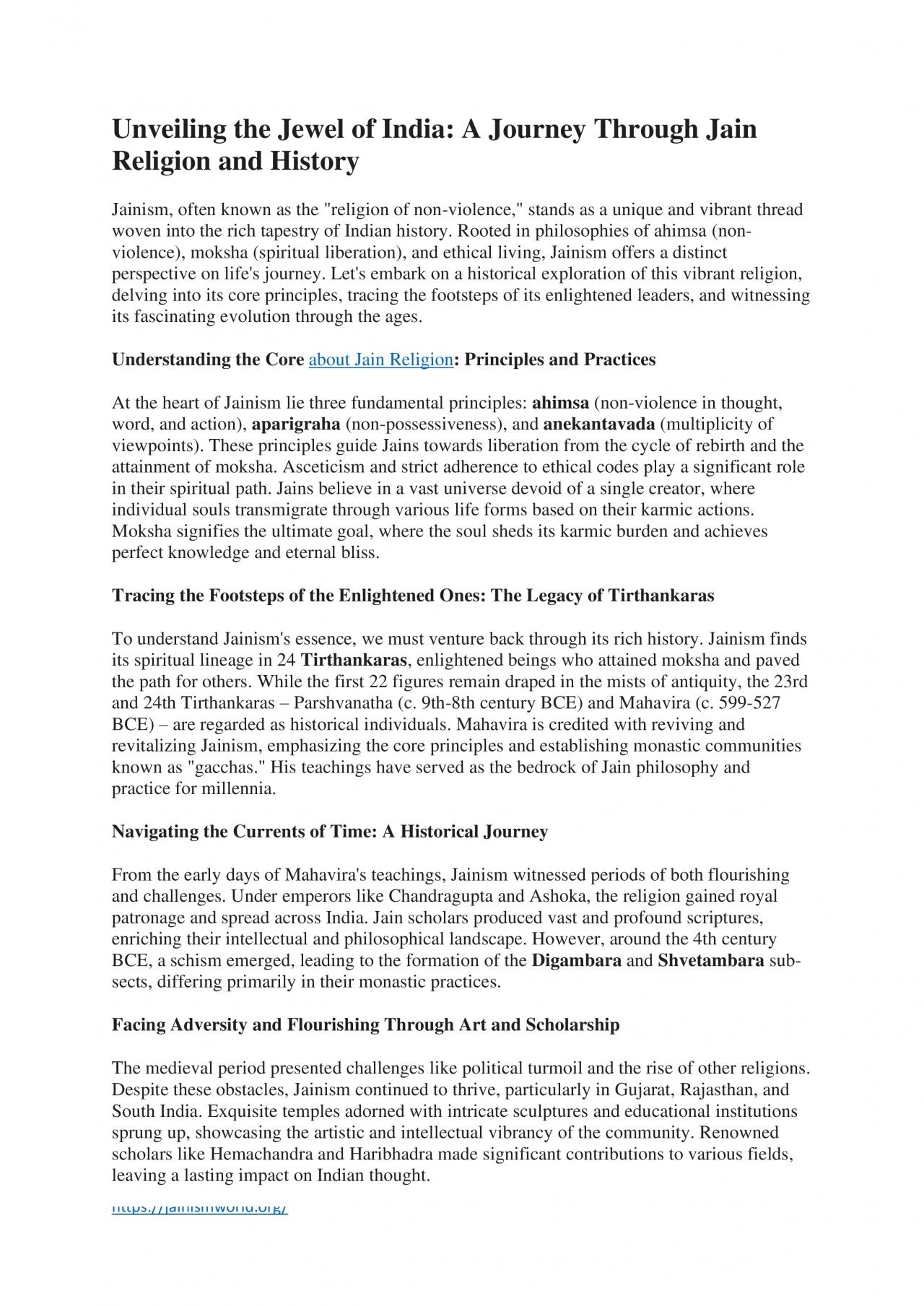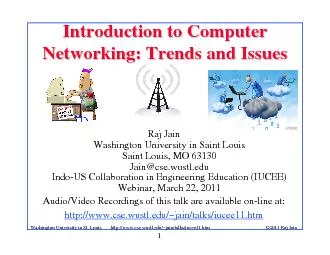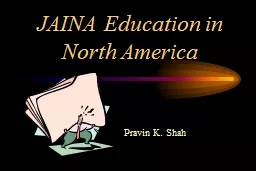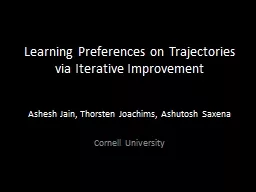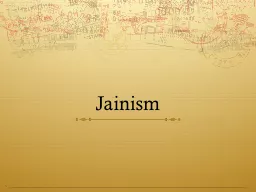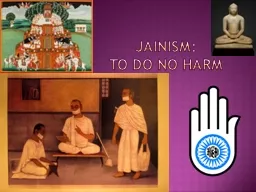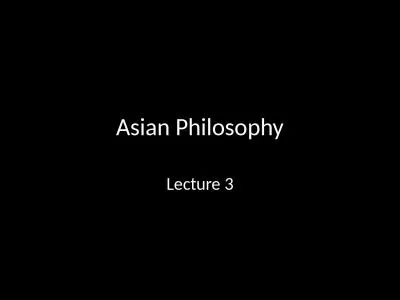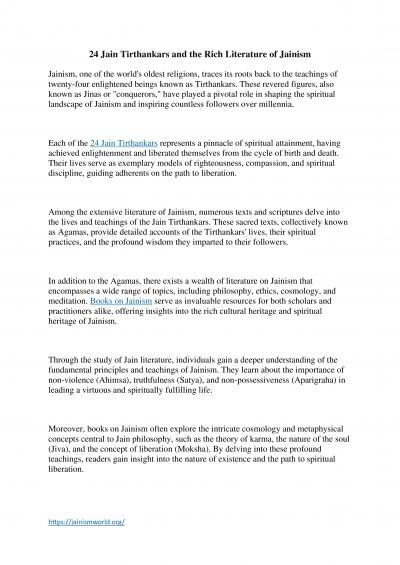PDF-A Journey Through Jain Religion and History
Author : jainismworldseo | Published Date : 2024-02-24
Jainism often known as the religion of nonviolence stands as a unique and vibrant thread woven into the rich tapestry of Indian history Rooted in philosophies of
Presentation Embed Code
Download Presentation
Download Presentation The PPT/PDF document "A Journey Through Jain Religion and Hist..." is the property of its rightful owner. Permission is granted to download and print the materials on this website for personal, non-commercial use only, and to display it on your personal computer provided you do not modify the materials and that you retain all copyright notices contained in the materials. By downloading content from our website, you accept the terms of this agreement.
A Journey Through Jain Religion and History: Transcript
Download Rules Of Document
"A Journey Through Jain Religion and History"The content belongs to its owner. You may download and print it for personal use, without modification, and keep all copyright notices. By downloading, you agree to these terms.
Related Documents

